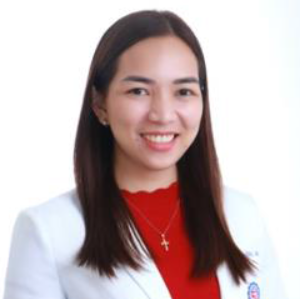Abstract:
Background: Diagnosis of neonatal sepsis remains to be a challenge because of its nonspecific symptoms and the limitations in sensitivities and specificities of laboratory markers. Recent studies have shown correlation between ted cell distribution width (RDW) with sepsis and septic shock in the adult population, but data on neonates is still limited.
Objectives: This study aims to determine the relationship between RDW and neonatal definite sepsis and probable sepsis and its potential role in the diagnosis.
Study design: This is a retrospective cohort study.
Methods: Study population will consist of healthy term neonates and neonates with sepsis. Red cell distribution width of healthy neonates and those with sepsis will be compared.
Statistical Analysis: Descriptive statistics was used for the demographics. Independent t-test was used to analyze the relationship between RDW and neonatal sepsis; and linear regression to determine the correlation with RDW and sepsis biomarkers.
Results: The study included 54 healthy term, singleton neonates and 58 term, singleton neonates with sepsis. Mean RDW for the control group is 15.87 ± _1.83 and for the septic group, 16.81 ± _2.13. Significant association of RDW with neonatal sepsis was found, with a p value of 0.014
Conclusion: High RDW is associated with neonatal sepsis in term neonates. No significant correlation were found in RDW and other biomarkers used in sepsis.
What will audience learn from your presentation?
• Early diagnosis of neonatal sepsis still poses a challenge despite the high burden due non specific signs and symptoms; and limitations in auxiliary tests. Any additional evidence or laboratory findings may be helpful in establishing diagnosis and prognostication.
• Recent studies have identified the role of inflammatory response and subsequent increase in RDW values in the pathophysiology of sepsis in the adult population but little on pediatric population. Initial findings of this research may be beneficial in establishing other uses of this relatively simple, inexpensive and readily available laboratory marker.




